More than 100 University of Pretoria students spent a day swapping their everyday routines for blindfolds, ear muffs and wheelchairs to experience common barriers faced by people with disabilities. The on-campus exercise formed part of the South African Guide-Dogs Association for the Blind’s third annual Disability Walk and set out to build practical awareness of access and dignity.
By Nothando Mthembu – The Good Things Guy
Guided by working dogs and specialist instructors, students navigated familiar spaces without sight, tested human guiding techniques, used wheelchairs with support from Service Dogs, and trialled hearing-loss simulations. For many, the most striking lesson was how quickly ordinary tasks become complicated when pathways, signage and support are not designed with everyone in mind.
The initiative was led by UP’s Faculty of Law, with the Faculty of Engineering, Built Environment and Information Technology joining this year. That mix matters: future lawyers, engineers and technologists were exposed to the practical realities of accessibility, from building entry points and routes to the ways information is presented and shared. The experience connected classroom theory to lived experience, highlighting where everyday design choices can exclude or include.
Professor Grobler Du Plessis from the Department of Public Law framed the day in clear terms. Understanding “the right to access, to buildings and infrastructure” is central to preventing discrimination, he said — and bringing students face to face with barriers on their own campus is a direct way to make the principle concrete. The point is simple: rights mean little if a door, a ramp or a process stands in the way.
For Disability Connect readers, the case for this kind of learning is strong. Simulations do not replicate disability, but they do prompt future professionals to ask better questions: How will someone navigate this corridor, timetable or queue? What is the quickest route to assistance? Where are the gaps in information or training? By pairing students with guide-dog teams and Orientation and Mobility Instructors, the exercise also introduced best practice that can be applied in policy, design and service delivery.
The organisers’ aim was to move beyond abstract awareness towards practical change. By walking, rolling and listening through a different lens, students saw how small adaptations — clearer signage, unobstructed routes, staffed help points, consistent human-guiding skills — can make a real difference. Bringing legal and engineering cohorts together also sets the stage for collaboration: one group shapes standards and duties; the other builds the systems and spaces that meet them.
There is momentum to build on. As the Disability Walk grows, it can become a yearly checkpoint for campus accessibility and a training ground for future decision-makers who will write briefs, draw plans, procure services and manage public spaces. The lesson from this year’s event is clear: inclusion starts with paying attention to everyday details, listening to those with expertise, and practising the skills that keep dignity front and centre.







